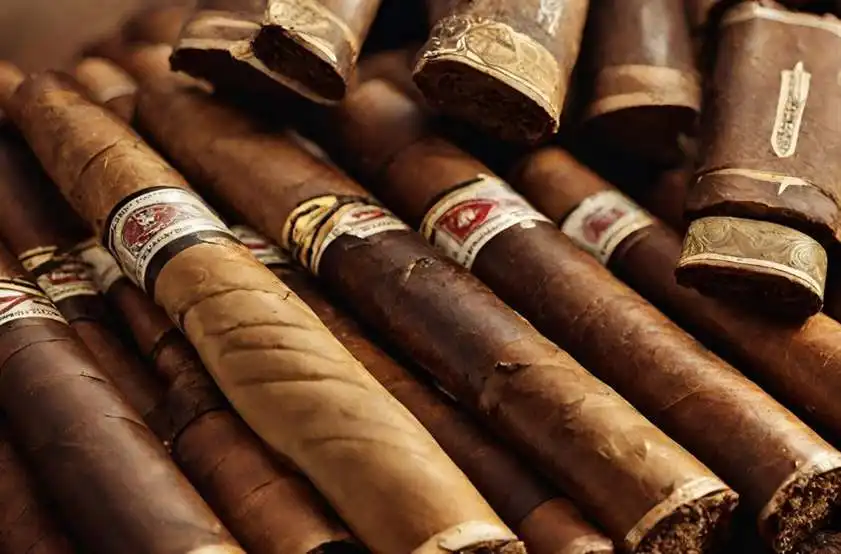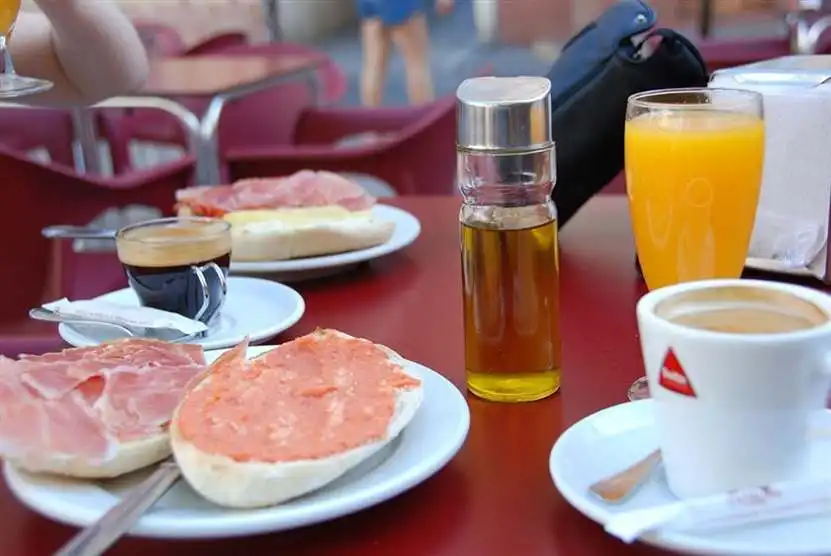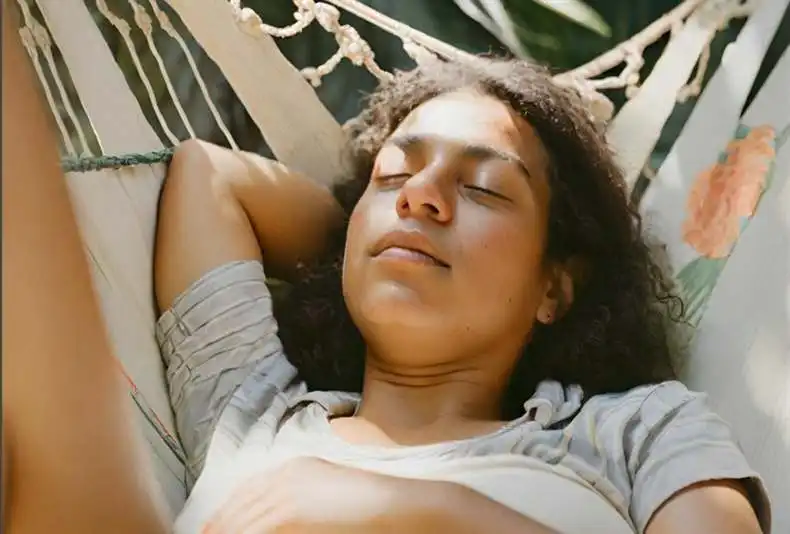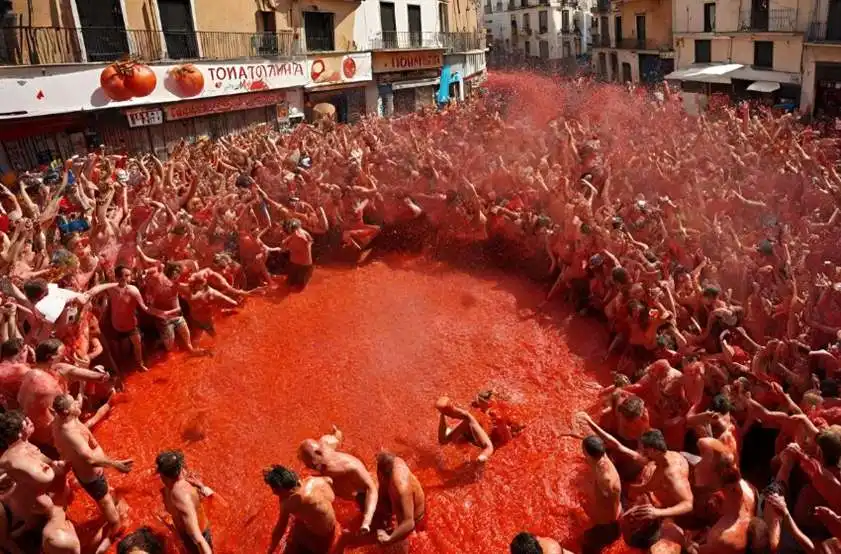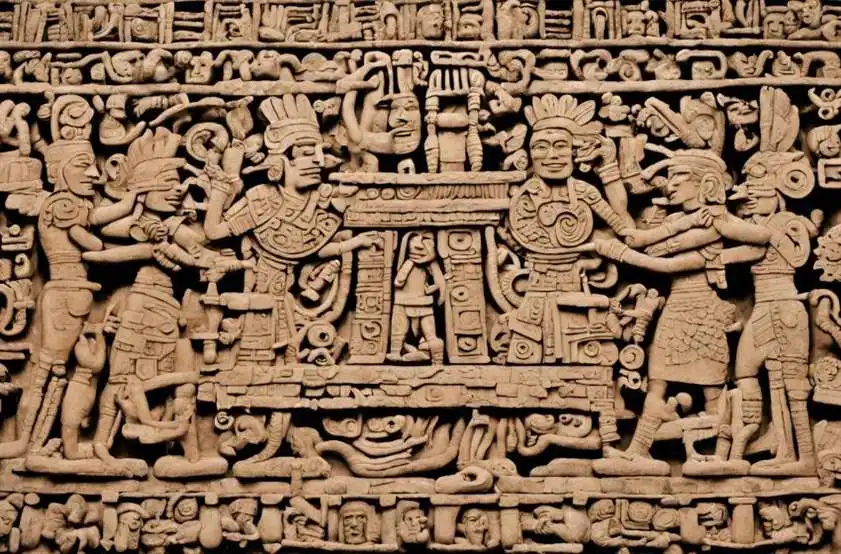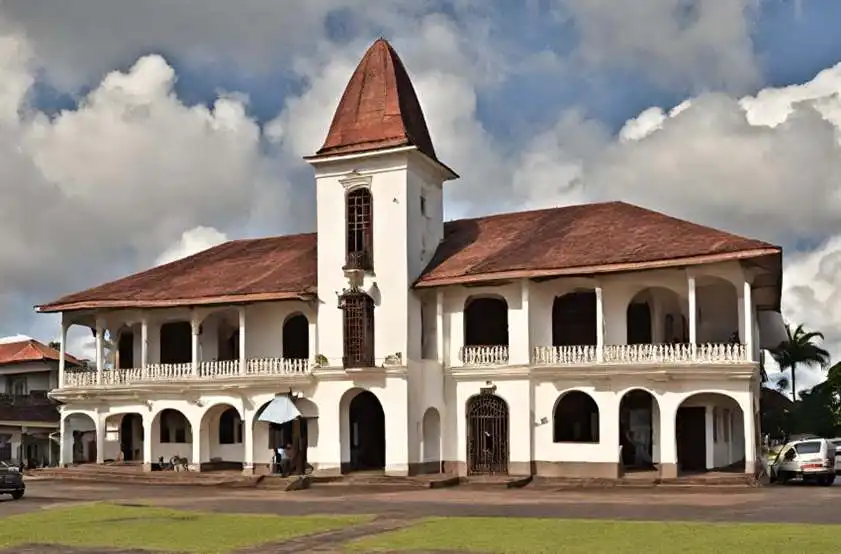Cuba, the largest island in the Caribbean, is a nation with a rich and complex history, vibrant culture, and unique characteristics that set it apart. From its revolutionary spirit to its colorful streets and rhythmic music, Cuba has captivated the world’s imagination. In this exploration, we delve into some of the most striking curiosities that make Cuba a distinctive and fascinating country.
Revolutionary History:
Cuba’s modern history is closely tied to the Cuban Revolution of 1959 led by Fidel Castro and Che Guevara. The revolution transformed Cuba into a socialist state, marking a significant chapter in the Cold War. The impact of the revolution is visible in the country’s politics, economy, and social structure.
Classic Cars of Havana:
Havana, the capital city, is known for its vintage American cars from the 1950s, affectionately referred to as “almendrones.” These well-maintained classic cars, often used as taxis, contribute to Havana’s unique atmosphere, transporting both locals and visitors to a bygone era.
Old Havana (Habana Vieja):
The historic center of Havana, known as Habana Vieja, is a UNESCO World Heritage Site. Its narrow cobblestone streets, colonial architecture, and vibrant plazas provide a glimpse into Cuba’s colonial past. The restoration efforts in Old Havana showcase the country’s commitment to preserving its cultural heritage.
Cuban Cigars:
Cuba is renowned for producing some of the world’s finest cigars, including the coveted Cohiba, Montecristo, and Romeo y Julieta brands. The art of cigar rolling is deeply ingrained in Cuban culture, and visitors can tour tobacco farms to witness the entire cigar-making process.
Music and Dance:
Cuban music, such as salsa, son, and rumba, is a central element of the country’s identity. The lively rhythms and infectious beats resonate through the streets, cafes, and dance halls. The Buena Vista Social Club, a group of veteran musicians, gained international acclaim, showcasing Cuba’s musical prowess.
Cuban TropiCool:
TropiCool is a distinctive Cuban lifestyle that embraces the joy of living in a tropical paradise. It encompasses the vibrant colors, laid-back attitude, and sense of community that define Cuban culture. TropiCool is reflected in everything from the lively street scenes to the colorful art adorning buildings.
Varadero’s Pristine Beaches:
Varadero, a resort town on the Hicacos Peninsula, boasts some of the Caribbean’s most pristine beaches. With crystal-clear waters and powdery white sand, Varadero attracts tourists seeking sun, sea, and relaxation.
Cuban Paladares:
Paladares are privately-owned restaurants in Cuba, offering a more diverse and innovative culinary experience compared to state-run establishments. These family-run eateries contribute to Cuba’s evolving gastronomic scene, providing a taste of both traditional and contemporary Cuban cuisine.
Ernest Hemingway’s Legacy:
The renowned American author Ernest Hemingway lived in Cuba for over 20 years, and his presence is still felt in places like Finca Vigía, his former residence. El Floridita and La Bodeguita del Medio, two Havana bars, are also associated with Hemingway, adding literary history to Cuba’s cultural tapestry.
Che Guevara’s Mausoleum:
The mausoleum in Santa Clara houses the remains of Che Guevara, the iconic revolutionary figure. The site is a pilgrimage destination for those inspired by Guevara’s ideals, and it symbolizes Cuba’s revolutionary history.
Cuban Santería:
Santería, a syncretic religion with roots in African and Caribbean traditions, has a significant presence in Cuba. It blends Yoruba beliefs with elements of Catholicism, creating a unique spiritual practice. Visitors may encounter Santería ceremonies, marked by vibrant rituals and music.
Bay of Pigs (Playa Girón):
The Bay of Pigs is known for the failed U.S.-backed invasion in 1961. Today, it serves as a historical site and a reminder of Cuba’s resistance against external influences. The Museo Giron provides insights into the events surrounding the invasion.
Cayo Coco’s Flamingo Colony:
Cayo Coco, a small island off Cuba’s northern coast, is home to a vibrant flamingo colony. Visitors can witness these elegant birds in their natural habitat, creating a unique wildlife experience within the Caribbean setting.
El Capitolio:
Inspired by the Capitol Building in Washington, D.C., El Capitolio in Havana is an iconic symbol of Cuban architecture. It once housed the Cuban government but now serves as the Academy of Sciences. The building’s grandeur and historical significance make it a must-visit landmark.
Cuban Rum Culture:
Cuba is renowned for its rum, and brands like Havana Club have achieved global recognition. Rum is not just a drink in Cuba; it’s part of the cultural fabric, enjoyed in cocktails like the Mojito and Cuba Libre during festive celebrations.
Malecón:
Havana’s Malecón is a seawall and esplanade along the city’s coastline, offering stunning views of the ocean and cityscape. It’s a social hub where locals gather to enjoy the sea breeze, music, and each other’s company.
Viñales Valley:
The Viñales Valley, a UNESCO World Heritage Site, is known for its dramatic limestone formations, tobacco fields, and traditional rural life. The picturesque landscapes and unique geological features make Viñales a popular destination for nature lovers.
Camagüey’s Maze-Like Streets:
The city of Camagüey is known for its maze-like streets and intricate layout, designed to confuse pirates in the past. The irregular streets create a charming and labyrinthine urban landscape, where surprises await around every corner.
Guardalavaca’s Indigenous Petroglyphs:
Guardalavaca, on the eastern coast, is home to indigenous petroglyphs carved into rocks by the Taíno people. These ancient carvings provide a glimpse into Cuba’s pre-Columbian history and the legacy of its indigenous inhabitants.
Cuban Baseball Passion:
Baseball is a national obsession in Cuba, with a rich history dating back to the 19th century. The passion for baseball is deeply ingrained in Cuban culture, and attending a baseball game provides a lively and spirited experience.
Conclusion:
Cuba’s uniqueness lies in the convergence of its revolutionary history, vibrant culture, and diverse landscapes. From the colonial charm of Old Havana to the rhythmic beats of salsa music, the country invites exploration and appreciation for its rich cultural tapestry.
As Cuba continues to navigate the challenges of the 21st century, its striking curiosities remain a source of pride for its people and an invitation for the world to discover the beauty and resilience of this Caribbean island. Whether strolling through Havana’s historic streets, enjoying the sounds of Afro-Cuban jazz, or savoring the flavors of Cuban cuisine, the country stands as a testament to the indomitable spirit of a nation shaped by its history and cultural heritage.
&More information and reviews:
.- Official page Cuba Link here.
.- wikipedia.org -Cuba Link here.
.- Youtube.com – Cuba Link here.
.- Feature Imagen by Canva Link here.

